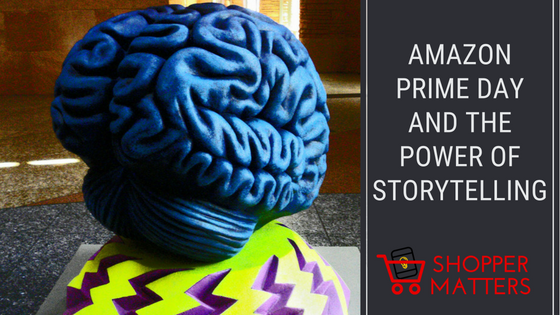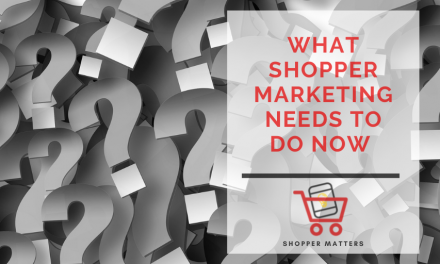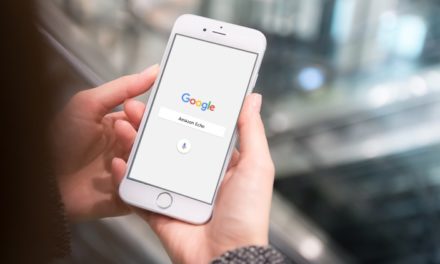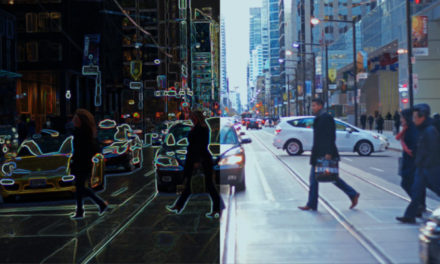The sale TO END all sales?
It all started way back in…2015. Amazon celebrated its 20th anniversary with a day of discounts: Amazon Prime Day. Loosely modeled on Alibaba’s Singles Day, the day is a ‘Tent Pole’ sales event created during a typical ‘off time’ apart from the traditional retail sales holidays. This enables Amazon to stand apart from the typical “Black Friday”, and even Back to School noise from other retailers.
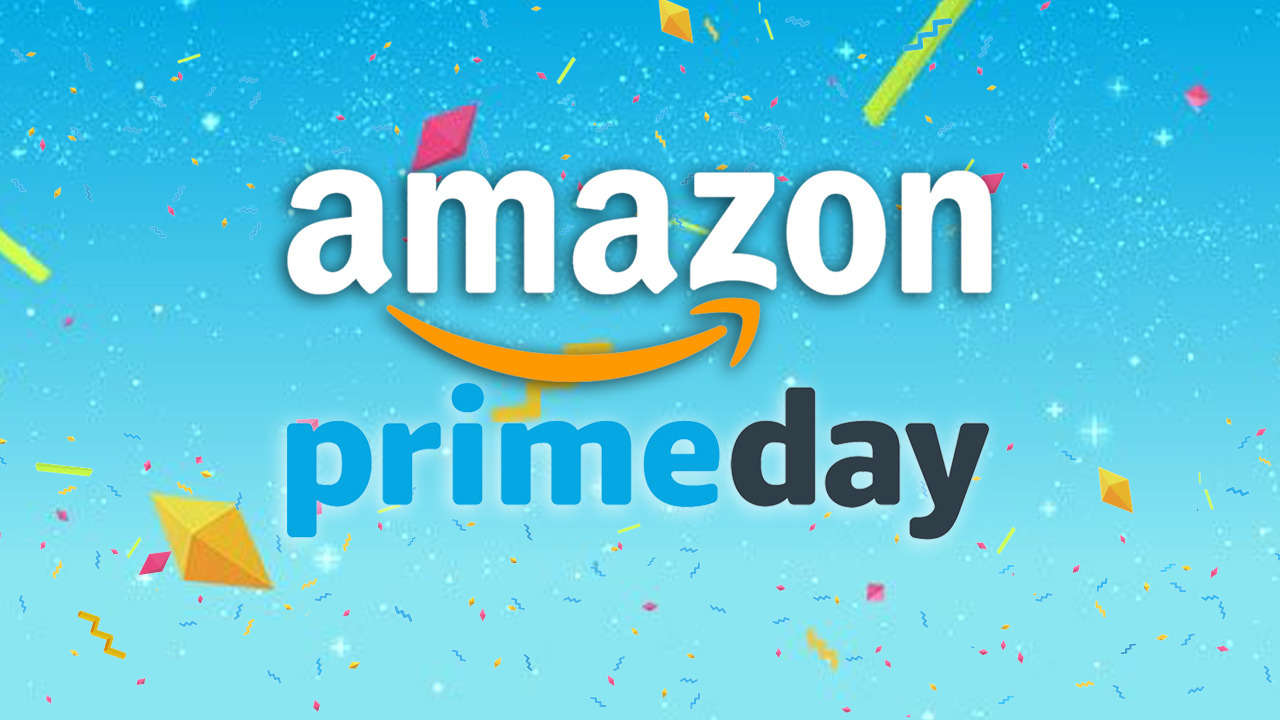
Does AMAZON PRIME DAY work?
There is no doubt that the US’s first e-commerce holiday is a boon for Amazon.
Prime Day 2017 was the “biggest day ever in Amazon history” with sales increasing by 60% — equating to $2.9B in one-day sales alone.
On the eve of Prime Day 2018 let’s take a minute to deconstruct the day vs the deals to see why Prime Day is so popular.
On its surface, Amazon Prime Day is a massive sale. Amazon has worked to make more products and more inventory available with more discounts. The 36-hour sale will feature “more than one million deals”, but not all at the same time, and not all for the full event. Some items are being made available only during certain hours, and assuredly others may sell out.
The story of Amazon Prime Day is certainly very compelling.
the story is deeper than just discounts
There will be bargains, but not every deal is a ‘deal’.
According to data collected by Earny, an app that tracks price drops, non-Amazon-branded products were cheaper on Cyber Monday 2017 than they were on Prime Day 2017. Profitero, an e-commerce services company, found that the most common Prime Day discount rate (20-30%) actually saw the lowest sales lift. Discounts between 10-20% resulted in greater sales than items in both the 20-30% and 30-40% discount bracket.
Some Amazon sellers raise products’ prices just before big sales, then discount them so deals seem better than they really are.
So, in many cases, the best sale prices may not show up on Amazon Prime Day. Amazon knows the value of a good story.
The real story is the storytelling
Behavioral science says the “price cue vs price cut is what matters”.
Research shows people are attracted to the believability of the deal rather than the actual discount.
The story of Amazon Prime Day and the massiveness of the sale breeds a fear of missing out with shoppers. It’s too good an event to miss and shoppers are compelled to take a peek.
Bottom line: when deals come with a backstory they have more impact.
Lessons for Retail
The need for storytelling is something the advertising industry has long known.
The ads that draw people to them tell a story versus focusing only on product features. Think about your favorite ads. Is it more effective to describe the flavor of a Coca-Cola or show Mean Joe Greene walking off the football field sharing a Coke with a young fan?
This lesson can get lost when it comes to retail.
Marketers get lost in a need to be direct with shoppers. Canned offers like Buy One Get One Free and 20% off are the result of this thinking.
Good marketers know how to create a story that captures shoppers’ attention and wallets.


